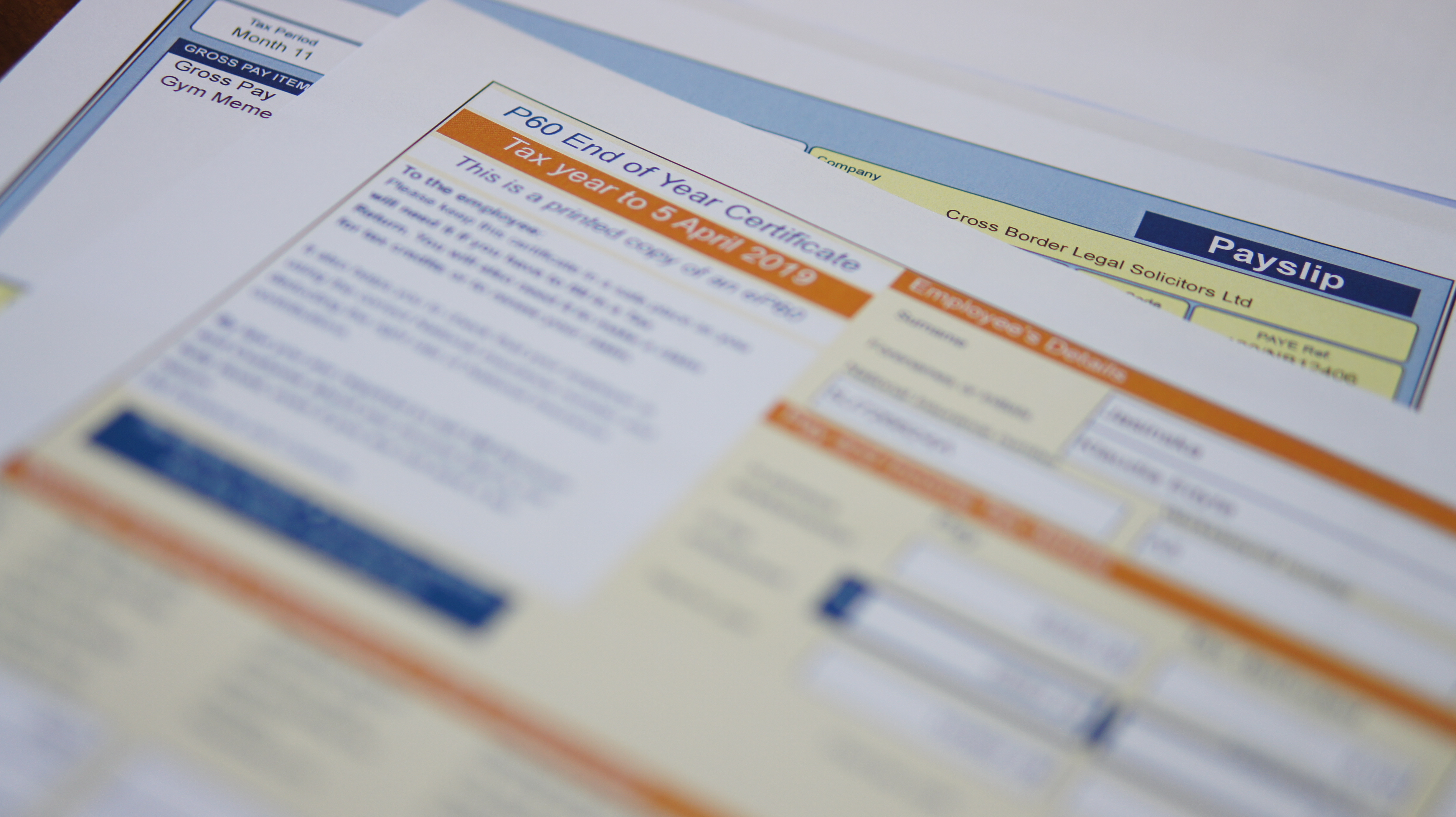Background
If you are British citizen, or have an Indefinite Leave to Remain in the UK, and wish to bring your partner or child/children who are not EU-nationals to the UK, then you usually need to meet the income threshold of £18,600.
There are several different options to meet the income threshold, for example by using cash savings, income from self-employment or non-employment income i.e. rental. Nonetheless, the most common route to meet the financial requirement is using income from employment. Also, at first sight it seems to be the easiest route, however, no one should underestimate it, as the immigration rules are rigid and many people have found themselves failing to meet the requirements.
Usually applications are refused not because they do not meet the financial requirement, but rather due to not submitting enough evidence to prove it!
General rule and evidential requirements
Last 6 months and 12 months income
As a general rule, in order to meet the income threshold you must have been working for at least six months for the same employer, or, if you have changed employer then you can choose to rely on income from the last 12 months.
If an applicant’s spouse has been working for the same employer for the last six months and earning constantly at a level that equals or exceeds the income threshold, then generally submitting a letter from the employer, their last six months’ of payslips and bank statements should be sufficient. But when receiving a variable income, or recently having received a pay rise, then it is best to contact a UK immigration solicitor before submitting an application.
If for some reason the sponsor has changed employer, then they would need to show the last 12 months’ bank statements and pay-slips, alongside the letter from their employer.
Two stages of meeting the income threshold when relying on 12 months
When relying on the last 12 months income, meeting the income threshold is a bit more complex, as you need to bear in mind that there are two stages:
- The sponsor needs to show that they have earned at least £18,600 in the last 12 months, and at this stage it cannot be combined with savings!
- In next stage the couple need to prove that they continue to meet the income threshold currently, however, it can be supplemented with savings.
Although it sounds easy, in practice we see people every day whose application has been refused, as their calculations turned out to be different than the Home Office’s, or simply because of not submitting some payslips or full bank statements with their application. It is easier to get confused and make a mistake when you have to deal with 12 months’ worth of weekly payslips, which brings the number to be included to 52.
Overseas sponsor returning to the UK with non-EU spouse
If the sponsor is a returning resident (i.e. a British citizen living abroad) and wishes to relocate to the UK with his/her partner, it is worth noting that it is not always necessary for the sponsor to quit their job abroad and rush to the UK to work for at least 6 months to sponsor their partner, or save every single penny to bring your savings up to £62,500, as there might be other options available to you.
If the sponsor has been working abroad for the same employer for at least 6 months prior to the date of application, this income might count towards meeting the income threshold! Further good news is that yes, generally, you can combine it with savings!
But there is also another requirement on the top of that – you must also have a confirmed offer of salaried or non-salaried employment in the UK, starting within 3 months of your return. This must have a gross annual starting salary sufficient to meet the financial requirement, alone or in combination with other categories such as savings.
This is an option worth remembering; it might not work for everyone but definitely helps lots of people avoid being apart.
Overall
As mentioned at the beginning of the article, this route seems to be the one most commonly used to meet the income threshold, and lots of people underestimate its complexity. Often it seems like an easy calculation of the last six or 12 months’ income, but it is important to remember that there are rules behind this calculation, and it might transpire later on, with your refusal decision, that your calculator was wrong!
People using the last 12 months to meet the income threshold, or those who were recently given a pay rise and think that the application should be successful, definitely should consult a solicitor before submitting an application, as it might save you money in the long run.
If you have been affected by any UK immigration matter, please contact Solicitor Tito, a UK immigration and human rights solicitor, for a free initial consultation about your legal options. Call 07544 669131/01163800744 or on Skype: tito.mbariti.

